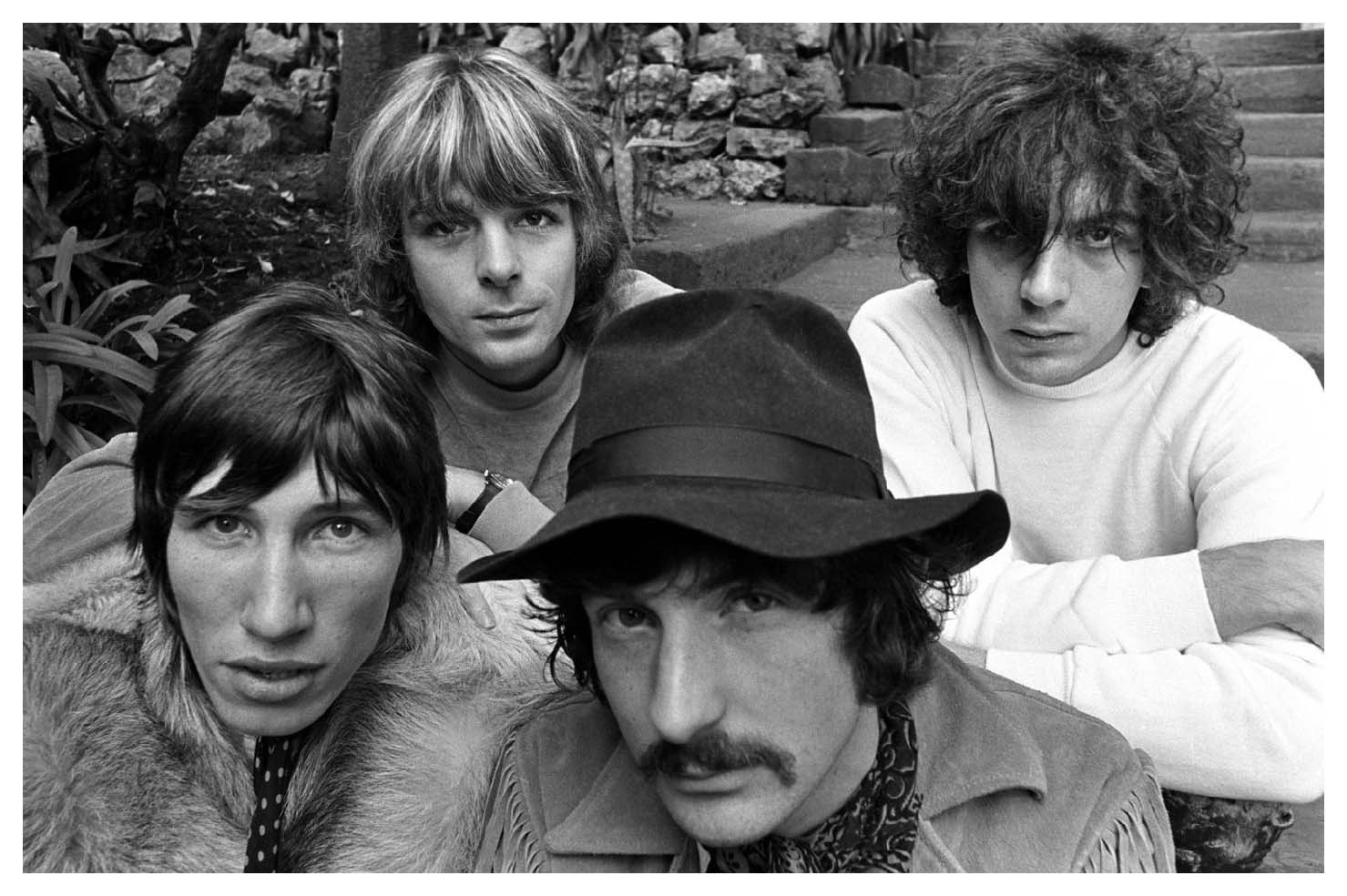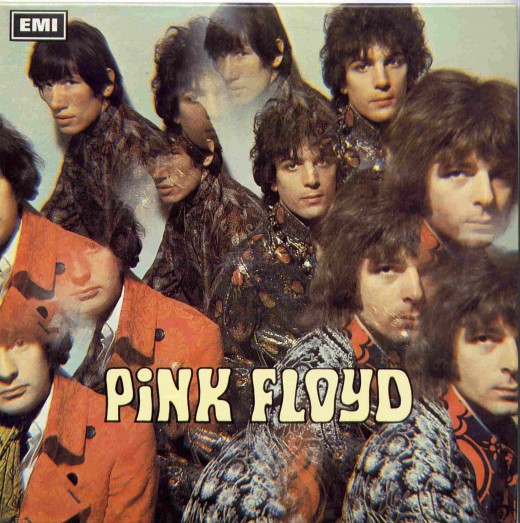Pink Floyd's The Piper at the Gates of Dawn Turns 50
Written by John Diliberto on August 2, 2017
 Today, August 4, At the time The Piper at the Gates of Dawn was originally released in 1967, it was one among many aurally ripped, acid-tripped albums including Jimi Hendrix’s Are You Experienced, Cream’s Disraeli Gears, The Jefferson Airplane’s After Bathing at Baxters and of course,Sgt. Pepper’s, which The Beatles were recording down the hall from Pink Floyd at Abbey Road Studio. But as those albums have gracefully slipped into the mainstream of our music consciousness,The Piper at the Gates of Dawn, along with The Velvet Underground and Nico, still sounds like it broke through from another dimension.
Today, August 4, At the time The Piper at the Gates of Dawn was originally released in 1967, it was one among many aurally ripped, acid-tripped albums including Jimi Hendrix’s Are You Experienced, Cream’s Disraeli Gears, The Jefferson Airplane’s After Bathing at Baxters and of course,Sgt. Pepper’s, which The Beatles were recording down the hall from Pink Floyd at Abbey Road Studio. But as those albums have gracefully slipped into the mainstream of our music consciousness,The Piper at the Gates of Dawn, along with The Velvet Underground and Nico, still sounds like it broke through from another dimension.
Pink Floyd was employing musique concrete techniques, inventing glissando guitar, and exploring areas of trance with tunes like “Interstellar Overdrive,” actually two takes of an extended rave-up laid on top of each other. Mixing sci-fi imagery with swinging London metaphors and pastoral fantasies (the title is lifted from “The Wind in the Willows”), Pink Floyd’s music was even more dappled, swirled and surreal than the light shows that accompanied their performances. As the sole composer of all but three songs, Piper represented Syd  Barrett’s vision. A 2007 deluxe edition re-release of Piper contains a reproduction of one of Barrett’s original notebooks with collages, poetry, and other writing that reads like a schizophrenic’s diary. He’d yet to have his acid induced meltdowns and all things were possible and beautiful. Barrett mixed whimsy on “Bike,” with cynicism on the wordless, but ominous “Pow R. Toc H.”; goofy innocence on “The Gnome,” and mysticism on “Chapter 24.” But there’s no doubting the contributions of Richard Wright with his swirling, reverb drenched organ fugues and jazz ellipses and Roger Waters’ earth rooted bass. Nick Mason’s underrated drumming, time shifting polyrhythms and colorful flourishes, pushed Barrett’s elliptical pop even further over the edge, especially on the space music opus, “Astronomy Domine.” One of early Floyd’s best known, and best songs was “See Emily Play,” a vintage slice of psychedelic pop. It was released as a single ahead of the album, but wasn’t on the UK release of the album itself. It was, however, on the U.S. version released in late October of 1967, which trimmed out three other songs, including “Astronomy Domine.”
Barrett’s vision. A 2007 deluxe edition re-release of Piper contains a reproduction of one of Barrett’s original notebooks with collages, poetry, and other writing that reads like a schizophrenic’s diary. He’d yet to have his acid induced meltdowns and all things were possible and beautiful. Barrett mixed whimsy on “Bike,” with cynicism on the wordless, but ominous “Pow R. Toc H.”; goofy innocence on “The Gnome,” and mysticism on “Chapter 24.” But there’s no doubting the contributions of Richard Wright with his swirling, reverb drenched organ fugues and jazz ellipses and Roger Waters’ earth rooted bass. Nick Mason’s underrated drumming, time shifting polyrhythms and colorful flourishes, pushed Barrett’s elliptical pop even further over the edge, especially on the space music opus, “Astronomy Domine.” One of early Floyd’s best known, and best songs was “See Emily Play,” a vintage slice of psychedelic pop. It was released as a single ahead of the album, but wasn’t on the UK release of the album itself. It was, however, on the U.S. version released in late October of 1967, which trimmed out three other songs, including “Astronomy Domine.”
The original album was produced on only a four-track recorder making stereo effects and panning somewhat rudimentary and often annoying. But the mono mix, contained on the deluxe edition and the expansive Pink Floyd – The Early Years 1965-1972 collection released last year, provides a more coherent sound and surprisingly, a bit more depth.
Although some of the songs are just wacky, some of the technology and tape edits rough hewn, The Piper at the Gates of Dawn is one of those albums that actually appears more radical in retrospect.
–John Diliberto
(Adapted from a 2007 review on Amazon.com)
